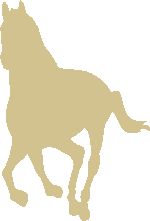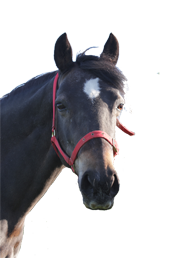Vertical grooving in the treatment of equine laminitis
An effective way to reduce pain
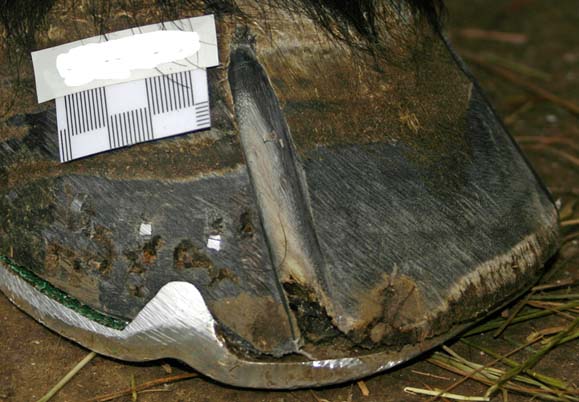
Veterinary clinical care:
The clinical care of all laminitic horses and ponies is the responsibility of the individual animals veterinary surgeon, grooving should only be performed as part of the veterinary surgeons prescribed regime of treatment.
If hoof distortion is responsible for damaging the laminar bond, this is good news for the laminitic equine, because the hoof is an external structure and procedures like vertical can be used quite easily to reduce pain.
Practical experience with the dorsal wall lifting model for equine laminitis and vertical grooving since 1998, has been very positive, the grooving procedure has been used on over 250 cases, all cases being veterinary referrals from vets in my area.
By understanding the destructive nature of hoof capsule distortion, grooving a hoof will reduce the harmful effects of distortion. But not grooving allow this destructive process to continue destroying the laminal bond and increase the likelihood of rotation or sinking of the distal phalanx.
The reason for vertical grooving is quite simple, in laminitic hooves the quarters are growing more rapidly than the toe area, this caused the hoof in the quarters to curve towards the dorsal hoof wall, gradually elevating the dorsal hoof wall. The subsequent distortion in the dorsal wall damages the underlying laminae, by isolating the heels form the dorsal surface with grooves on each side the effects of distortion being transferred towards the dorsal wall are reduced when the grooves subsequently close.
As the majority of cases showed a subsequent reduction in pain and this was interpreted as confirmation that early hoof capsule distortion was indeed traumatising the laminae, these results also help to support the dorsal wall lifting theory.
80% success rate
When 'vertical grooving' was prescribed by the owners vet some showed a reduction in pain in a few days, while others took longer, after 14 days about 80% showed an improvement. Both acute and chronic cases benefited from the procedure. This improvement was interpreted as confirmation that hoof distortion was contributing to the pain experienced by the laminitic animals. To date about 250 cases have been grooved since 1998.
It's not disputed that some of these cases would have improved without the intervention of grooves, but knowing which ones is impossible to determine. By understanding the destructive nature of hoof capsule distortion, not grooving a hoof will allow this destructive process to destroy the laminal bond and increase the likelihood of rotation or sinking of the distal phalanx.
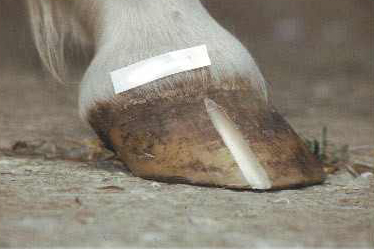
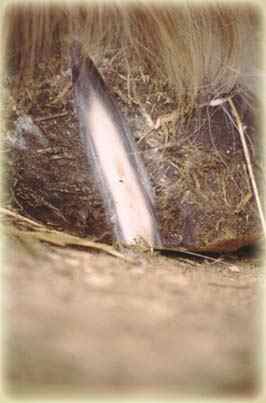
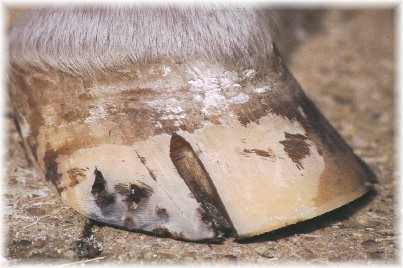

Several months after grooving, some grooves can be seen to have visibly narrowed at their distal border (Fig 2a & b), this demonstrates the groove has prevented distortion in the quarters from being transmitted forward into the dorsal wall area.
Re-grooving
It's also interesting to note that some chronic laminitic cases became lamer as the top of the groove grew down the hoof, when the top of the groove was extended back up to the coronary band lameness subsided (Fig. 4). All these findings are consistent with a model of laminitis based on hoof distortion.
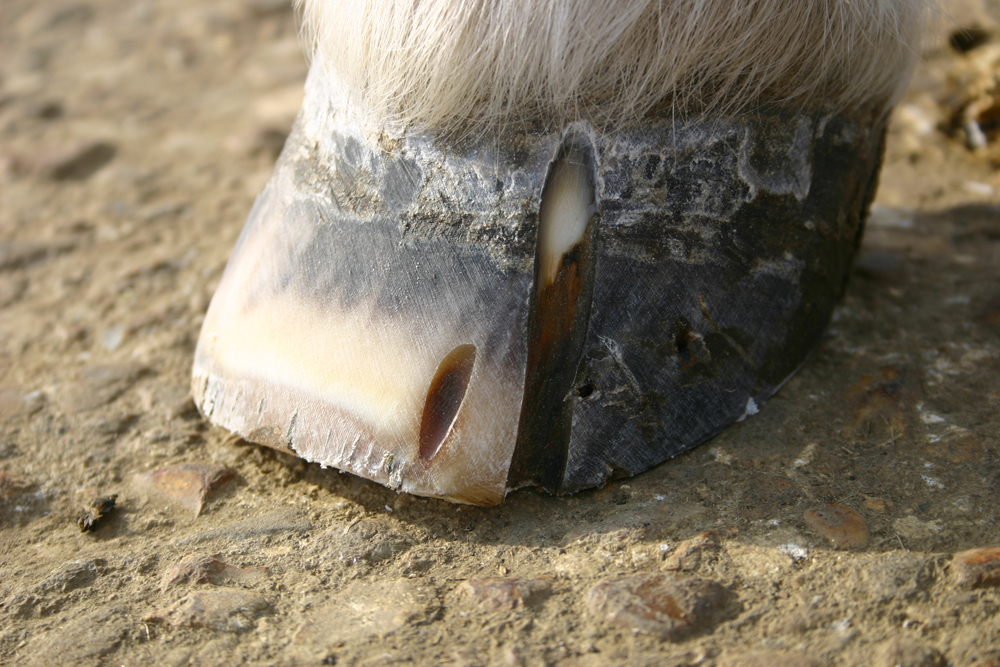
It must be remembered that the grooving procedure is addressing the effects of rapidly heel growth and not removing the cause. With a better understanding of what is taking place during laminitis, more effective methods of controlling hoof distortion may be found.
Dorsal wall resections
Removal of the dorsal wall by dorsal wall resection is well known to give pain relief when sepsis or other fluids are given exit. In many cases a resection fails to reveal any trapped fluids to justify performing the procedure, but many owners will report that the resection provided pain relief to the laminitic animal. The removal of the dorsal wall can be justified using the dorsal wall lifting theory, as a removed dorsal wall can't exert a lifting force onto the underlying laminae.
Grooving procedure
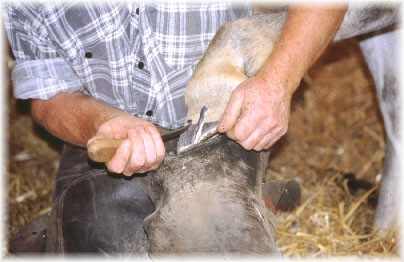
The primary objectives of the grooving procedure are to minimise the painful distortion of the hoof capsule and prevent the progression of the condition. The earlier this can be performed in the acute stage, the sooner the animal will receive pain relief.
Grooves are cut using a very sharp farrier's drawknife, this is usually well accepted by the animal as the grooving procedure does not directly cause pain (Fig. 3).
Please Note:-
This procedure should only be implemented with full veterinary approval.
Additional information
How to groove
Guidance for vets and farriers
Video
Examples of before and after grooving
History
A brief history of grooving
Updated: 11/11/2017
